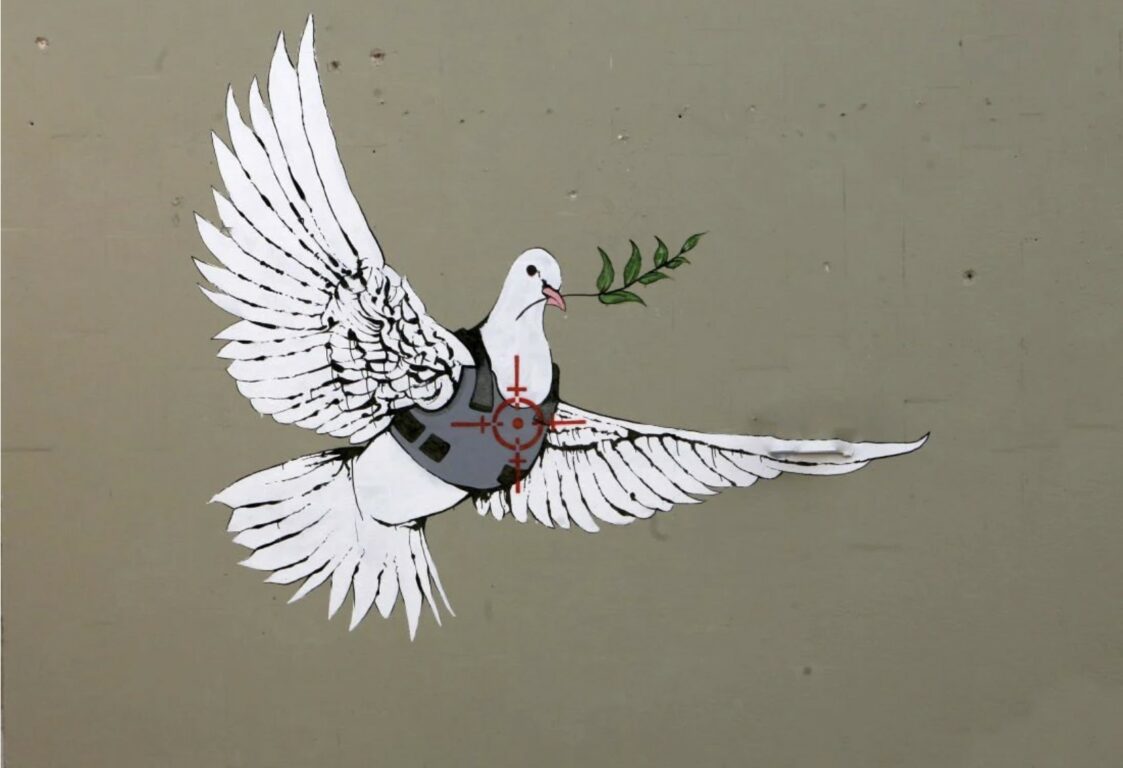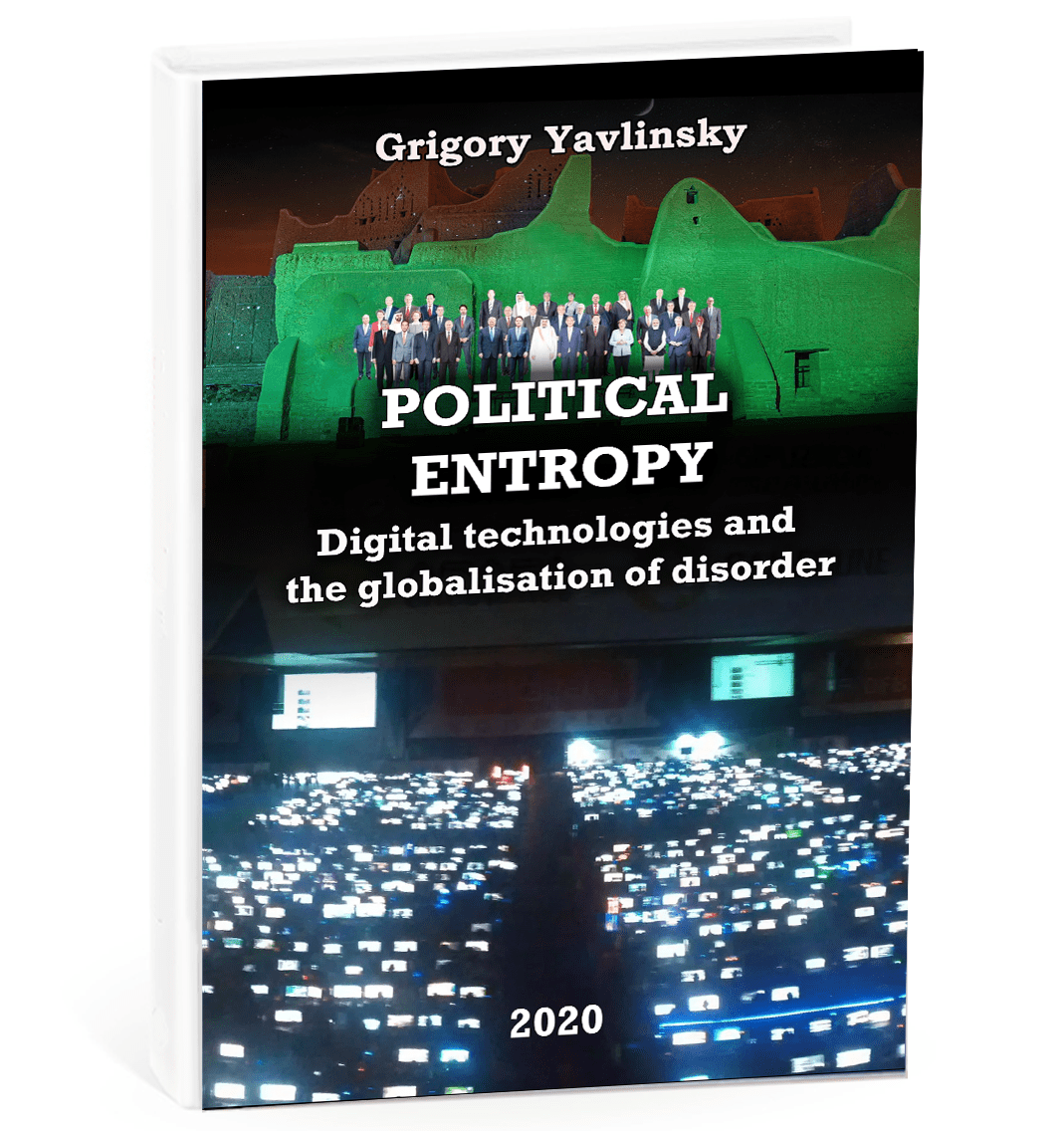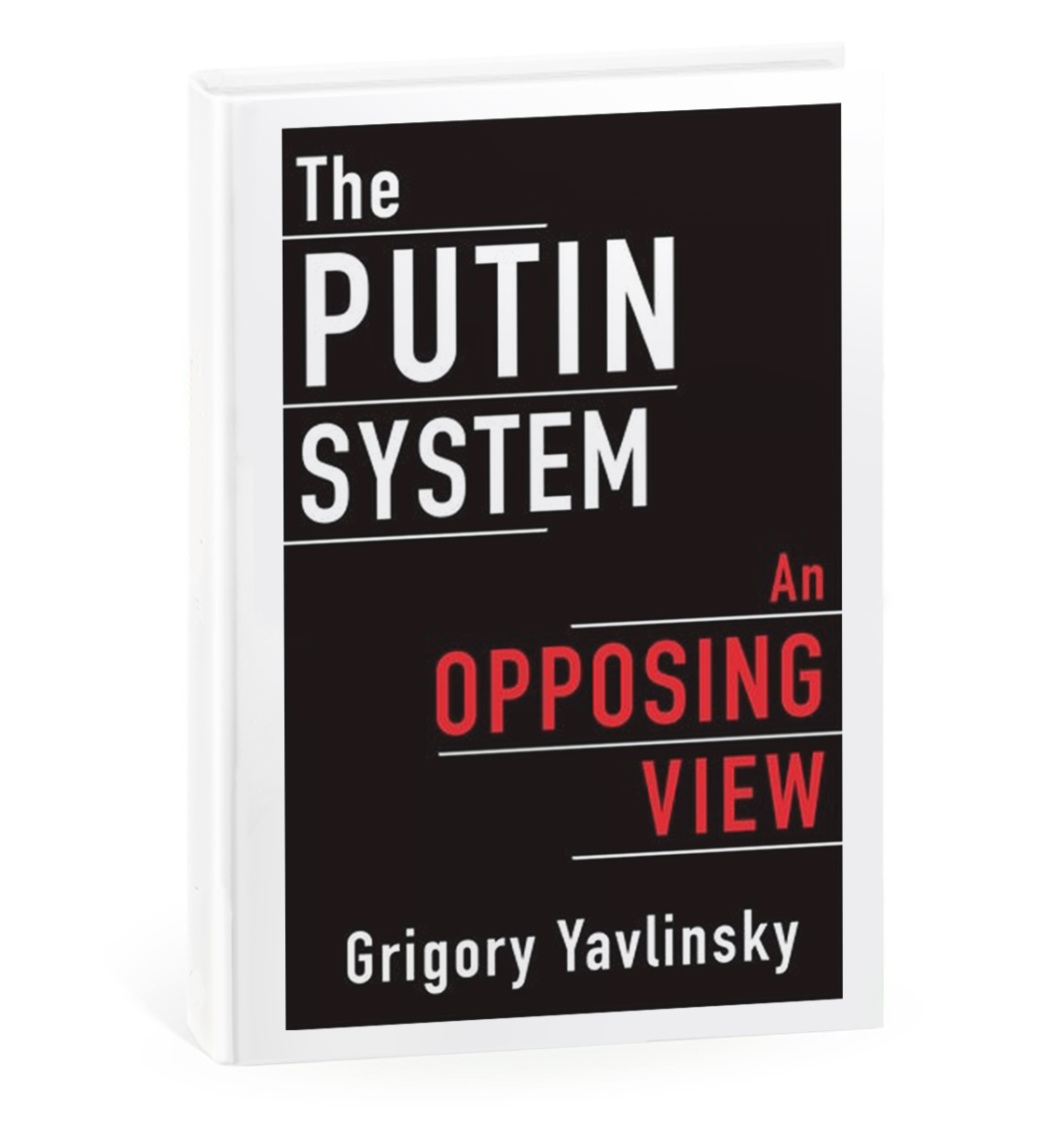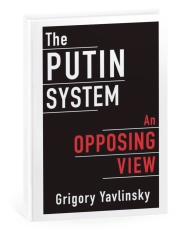“It often requires more courage to dare
to do right than to fear to do wrong”.
Abraham Lincoln
The most recent rotation of the Presidency of the Council of the European Union – which is usually a formal procedure in the European bureaucratic system — became a high-profile international event. On 1 July 2024 Hungary assumed the Presidency of the Council of the European Union, and the Hungarian Prime Minister Viktor Orban, who had previously declared on numerous occasions that a diplomatic resolution of the Russian-Ukrainian conflict was required, immediately started implementing the practical part of his peace plan.
Orban was already in Kyiv on 2 July, where at a meeting with Vladimir Zelensky he called on the parties to agree to a ceasefire. Three days later the Hungarian Prime Minister went to Moscow. His meeting with Vladimir Putin was attended by the Minister of Foreign Affairs of the Russian Federation Sergey Lavrov, as well as aides to the Russian President Yuri Ushakov and Vladimir Medinsky (the last two individuals were key figures during the negotiations between Russia and Ukraine in spring 2022 in Belarus and Turkey). As had been the case in Kyiv, Orban called on Russia to agree to a ceasefire for the start of negotiations with Ukraine. Beijing became the next stop in Orban’s peace-making blitz tour. A ceasefire between Russia and Ukraine was also the central topic of conversation at his meeting with the President of the People’s Republic of China Xi Jinping. In general Xi supported Orban’s idea, but stressed that a ceasefire could be achieved only “when all major powers exert positive energy, rather than negative energy.” Orban left Beijing for Washington where the NATO Summit started on 9 July.
Armoured Peace Dove. Banksy. 2003
If one proceeds from the assumption that Viktor Orban’s goal is to achieve peace in Europe, then the route he took to discuss a ceasefire is logical and reasonable: Kyiv-Moscow-Beijing-Washington – these are the countries which hold the keys to ending the bloodshed. His meeting with the Turkish President Recep Erdogan held at the NATO Summit in Washington was also useful.
Unfortunately, judging by the subsequent political hysteria of Europe’s bureaucracy and attack against him, in practice for the time being the Hungarian leader’s efforts have had no real impact. However, his actions to achieve the adoption of a ceasefire agreement and the subsequent establishment of the construct of future negotiations are spot on.
Hungary’s presidency of the Council of the European Union may be considered the formal grounds for Orban’s tour, whose intensity was comparable only to the shuttle diplomacy of United States Secretary of State Anthony Blinken to the Middle East. However, the post per se does not vest Orban with any special representative powers on the international stage. It goes without saying that one should never discount the ambitions of Hungary’s leader who perceives a special role for Hungary on the European continent and wants to accentuate his presidency of the European Union, though an albeit informal, but extremely important diplomatic mission. However, here we are not talking about Orban’s prestige and his political career — the scale and significance of his peace-making mission is incomparable with any ambition. This is not some pompous nonsense as was the case in the meeting between Donald Trump with Kim Jong Un five years ago — that meeting was devoid of any practical significance other than a PR opportunity for the protagonists.
We need to be aware that in the current circumstances when the hostilities between Russia and Ukraine reached a dead end a long time ago (as confirmed by countless professional soldiers and leading international military experts), any material attempt to discuss the issue of a ceasefire at state level is a step in the right direction towards a solution. Over the past year more and more public figures have stated that any continuation of the hostilities was futile. People are stating and writing more and more frequently that neither side can achieve strategic or even tactical successes — not only experts and publicists, but also politicians in different countries.
At the same time, today the situation requiring a ceasefire has not so much matured – it is even overripe. Attempts to stop the hostilities could and should have been started in autumn 2022-winter 2023 (see, for example, my article entitled “Just Stop!” dated 5 February 2023). It is not hard to understand why this was the perfect time – one merely needs to recall what was happening on the frontline in Kherson, Mykolaiv and Kharkiv Regions.
However, none of the world’s leaders either back then or during the subsequent one and a half years have been prepared to take any practical steps to achieve a ceasefire. Moreover, to all intents and purposes, there was a total lack of understanding as to the need for such actions: it would appear that the continuing loss of lives did not constitute a key argument anywhere – either in Russia or Ukraine, in the East or in the West.
It is crystal clear that the situation changed in July 2024. Unfortunately, as in the past the value of human life virtually pales into insignificance for the world’s leaders. However, the global political crisis, which is intensifying with every passing day that the hostilities continue between Russia and Ukraine, is at the very least compelling the parties to contemplate such an option as a ceasefire. And in this context Orban’s mission, irrespective of the parties with whom he reaches agreement on his actions and how, cannot be a standalone and isolated campaign. The recent meetings of the Hungarian Prime Minister have attracted considerable attention. Even the leaders of the European Union, who have officially repudiated Orban’s peace-making initiatives, are keeping a close eye on his steps.
It is specifically this premise which accentuates perception and transfers abstract discussions on negotiations — which the parties can continue endlessly given their current incompatible positions — to a practical level: a ceasefire is possible and needed immediately, whereas it will possible subsequently to take as long it takes to seek a solution to other problems and draft a mutually acceptable peace formula. The key is that people will no longer die during this period. Incidentally, Orban’s justification of this premise is the only correct one: he declared to Zelensky, Putin and Xi Jinping that every passing day was important because people are dying.
It goes without saying that one should not hold any illusions here. The official reaction to Hungary’s proposals was negative from all sides and this was only to be expected. Zelensky declared that there was no way that Hungary could be an intermediary between Russia and Ukraine and that this role could only be assumed by the USA, China and the European Union. Meanwhile Putin said even before his meeting with Orban that “we cannot allow the enemy after a ceasefire to use this ceasefire to improve its position.” Incidentally, Ukraine’s position on this issue is completely identical: its leadership also asserts that the Kremlin will deceive everyone and will prepare for a continuation of the hostilities during the ceasefire (in actual fact, it is notable that the leadership of Russia and Ukraine have been using virtually the same words to corroborate their positions: for example, Putin says that time is on Russia’s side, whereas Zelensky declares that time is on Ukraine’s side). Meanwhile the United States and leading European countries have advanced virtually no arguments and harshly criticised Orban’s appeals for a ceasefire.
At the same time, however, Orban’s mission had a significant outcome: the issue of a ceasefire is now being discussed by the key participants in the conflict. In the current deadlock the only correct approach is to constantly talk about this matter with all the parties to the conflict, regardless of the initial reluctance to implement such a proposal. The value of such an attempt, which appears at first sight to be desperate, is saving the lives of people who are dying every day. There are no other options in this situation and there won’t be any for a long time.
And the key agenda of the NATO Summit in July in Washington, instead of endless promises to Ukraine to admit the country to the alliance at some indiscernible moment in the distant future, should have been a statement of the obvious — the need for a rapid end to the hostilities and the start of the process of conflict resolution. This did not happen. A different decision was adopted — that “Ukraine’s future is in NATO”, and support for Ukraine on “its irreversible path to full Euro-Atlantic integration”. It is not hard to guess the consequences of such declarations.
Moreover, this was declared, notwithstanding the fact that as well as Hungary the leaders of at least another four NATO members have openly called for a ceasefire and negotiations: Bulgaria, Czechia, Slovakia and Turkey. On the eve of the NATO Summit, Bulgaria declared its readiness to act as an intermediary in the Russian-Ukrainian negotiations. Back in March 2024 Bulgaria’s President Rumen Radev called on the international community “to focus their efforts on a ceasefire in Ukraine and the restoration of diplomatic dialogue”. The President of Czechia Petr Pavel declared in May that the hostilities in Ukraine must stop and that the parties to the conflict must start negotiations. In April 2024 the Prime Minister of Slovakia Robert Fico also called for a ceasefire and negotiations and recently supported Viktor Orban’s initiative. At the start of July 2024 the President of Turkey Recep Erdogan declared during a meeting with Putin at the summit of the Shanghai Cooperation Organisation that Turkey was ready to contribute personally and lay the foundation for a ceasefire agreement.
Even the Indian Prime Minister Narendra Modi, who met Putin on 8 July in Moscow, called for negotiations. He said: “We believe that war is not the solution. There is no solution on the battlefield. Bombs, missiles and guns cannot bring peace. That is why we emphasize dialogue, and dialogue is essential.”
But at present the White House has other things to worry about: the ruling democratic party is facing a profound political crisis on the eve of the presidential elections. Great Britain and France in particular also have their own febrile domestic politics. Germany’s leadership also has enough acute issues of its own to resolve.
Indeed, the actual declaration of the Washington Summit of the North Atlantic Alliance is more indicative of an extensive pre-election statement of the US President Joe Biden, than the strategy of a defensive alliance, as “nervous world leaders fret over what the Biden chaos means for NATO’s future”, notes the Western press.
Consequently, the key issue related to the achievement of a ceasefire between Russia and Ukraine (which means in turn an end to mass fatalities) concerns the specific influential global political force that will be able to make such a demand intelligibly and rigorously (and on a separate issue – when they actually get around to thinking about this and taking action). At the same time, it would be a tragic error for the international community to avoid taking difficult decisions and mediation missions, shifting all this work and responsibility to the direct participants in the conflict – Russia and Ukraine. Unfortunately, history over the most recent decades does not provide cause for optimism: the defeats of the USA in Iraq and Afghanistan, or the astonishing incomprehension of the impending global financial crisis of 2007–2008, or the recent sudden declaration of early parliamentary elections in France by Emmanuel Macron, with the subsequent defeat of his party — all these factors (as well as a number of other phenomena in international politics) do not attest to the intellectual might of contemporary Western political elites.
It is extremely important to understand that a ceasefire must be achieved without any preliminary conditions. The USA and China must serve as guarantors. However, as long as people continue dying on the frontline and in the rear, it will not be possible to reach agreement on anything. This is the hallmark of such a confrontation. First of all — a ceasefire, and only subsequently — the start of any serious negotiations. Only in this order — not the other way around. This is the reality.
However, if conversely (as Orban was told in Ukraine and Russia) — if you want to continue all this, if you want to go on arguing about the preliminary conditions and obligations — then don’t be surprised by new calamities.
One can assert with a high degree of confidence: the longer the current form of the conflict continues, the harsher and more tragic the consequences. All the way up to and including a major war, including the likely use of nuclear weapons.
The indecision and cowardness of politicians, and their reluctance to accept a reality which is at variance with their personal dreams and demagogic promises, have resulted and result in the loss of countless lives and the catastrophic destruction of the future. Let me repeat again. Today, it can be stated that if we had managed to engineer a ceasefire at the end of 2022 — start of 2023, we would have saved countless human lives. Furthermore, the situation on the frontline has virtually not changed during this time. Moreover, the ceasefire achieved one and a half years ago would have bolstered materially Ukraine’s political position in the world. However, this did not happen, throughout this time processes developed in the opposite direction. And anyone who deliberately refuted or refutes the idea of a ceasefire, anyone who did not support or does not support calls for an immediate ceasefire, is responsible for the futile position that exists today.
And if today’s attempt at a qualitative diplomatic breakthrough — for the time being in the form of Viktor Orban’s proactive mission — is not duly developed and is instead buried away, no other solution to the deadlock will appear on the horizon. People will continue dying, while Ukraine’s prospects will become even gloomier.
One more thing. This is the crux of the issue. If saving human lives is not the key value for international leaders, leading politicians, public figures, if society does not understand the absolute priority of human life, then mankind can expect the darkest of times, taking into account the unprecedented nature and rapid rates of scientific and technological advances in the 21st century.



